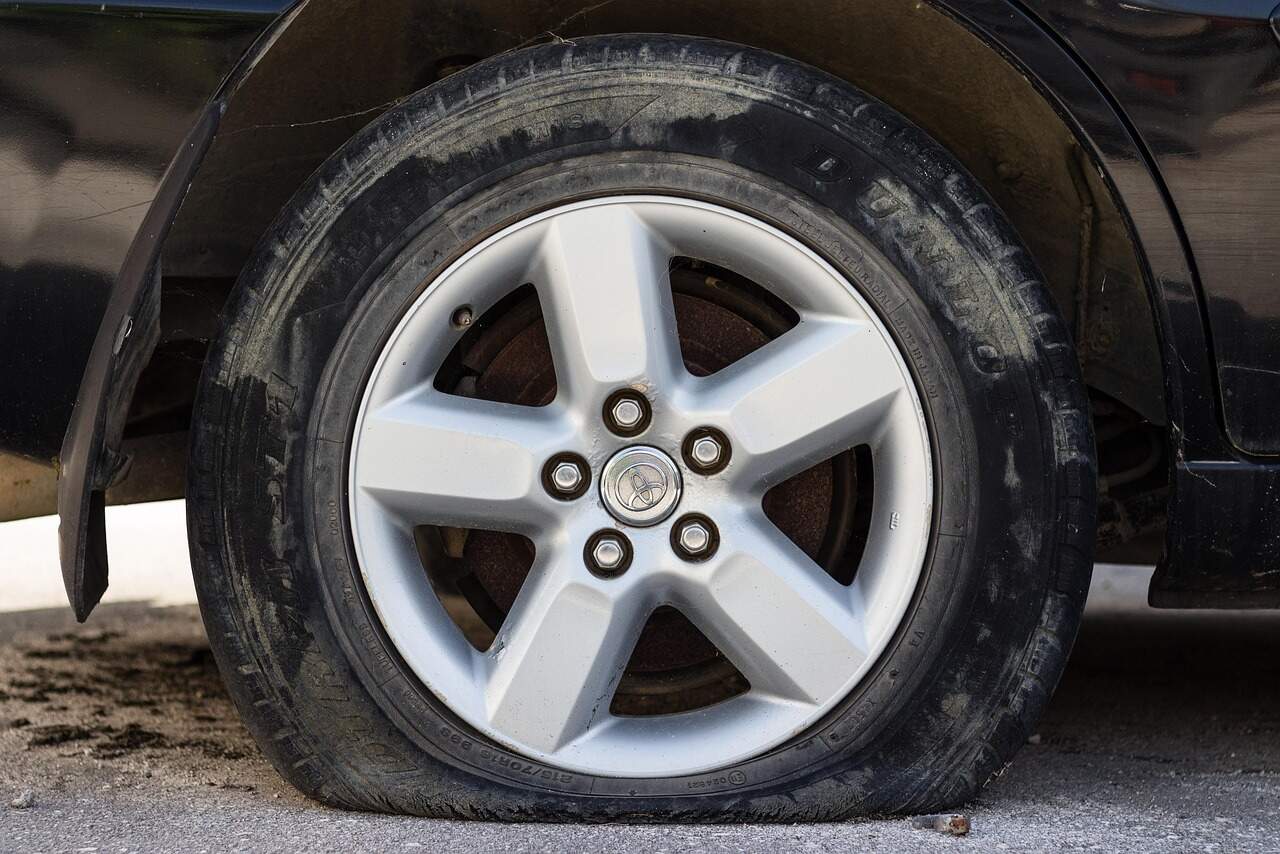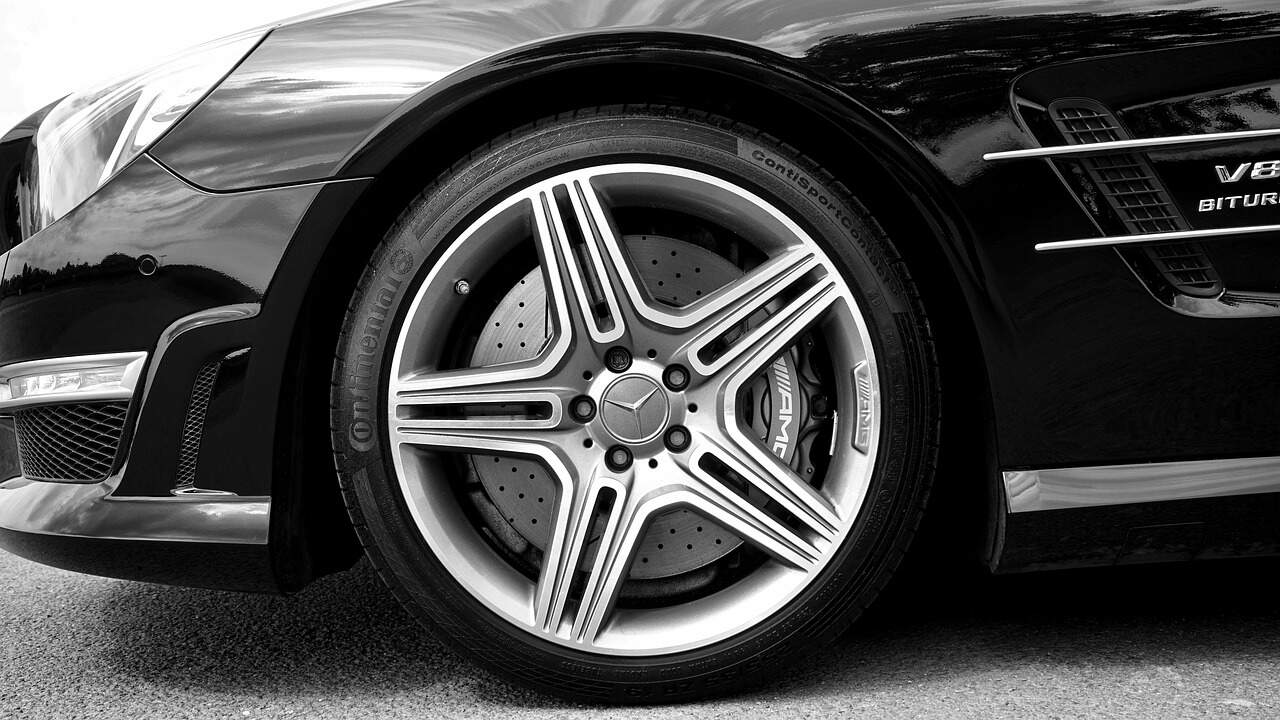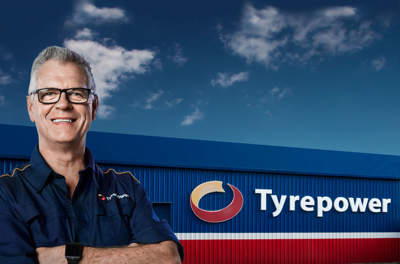We are usually oblivious to the many different kinds of service that are required to keep our vehicles operating, until something stops working or breaks. Wheel balancing is a service that many people have never even heard of, let alone understand the mechanics of. However, it is a vitally important component of maximising tyre life and ensuring reliable road contact at high speed. If you feel shudder or shake while driving your vehicle, either through the steering wheel or through your seat, it is worth talking to your local tyre professionals about having your wheel balance checked.
Why Do Wheels Need Balancing?
It is easy to understand that a car's tyres are one of the most important safety aspects of a car, because they are the part that connects the car with the road underneath. Continuous and regular contact is instrumental to the correct operation of suspension, braking and steering components. Cars would not work if wheels were oval or egg shaped, because the distributed force needs to be uniform regardless of which aspect of the tyre is in contact with the road. This is the same reason that wheels need to be balanced. If one aspect of the wheel is heavier or lighter than the others, it will behave differently on the road and create an uneven driving experience that can be felt.
All mechanics should check wheel balance when replacing or rotating tyres, and often this service is unmentioned.
Different Kinds of Wheel Balancing
Depending on the make and model of your vehicle, the wheels will be either capable of a centre point or five-point balance check. The five-point balance, sometimes called a stud balance, mimics the way that the wheel connects to the car, and is the most accurate for balancing.
In either balance check, if a discrepancy is identified then the mechanic will add very small weights to the wheel to create balance. These small weights should be of the highest possible quality to ensure they do not come off under the high stresses experienced by the wheel.
Difference Between Wheel Balancing and Wheel Alignment
As mentioned above, unbalanced wheels will create an experience of shake or shudder, particularly at high speeds. If the shake is experienced through the steering wheel, then the balancing needs to be corrected in the front wheels, whereas if the shake comes through the seat it is the back tyres which must be inspected.
If your car is veering to the left or right then there is probably a problem with your wheel alignment, rather than or in addition to problems with wheel balancing. It is important to give your mechanic as much information as possible about the issues you experience so that they can perform the best quality service, and you don't invest in unnecessary services.
Professional Wheel Balance Service Available at Tyrepower
Tyrepower are one of Australia's leading tyre and car care professionals. With locations all over Australia, it has never been easier to give your car the attention of experts. To find your nearest store we have a helpful online tool , or you can call 13 21 91 to speak to a customer service representative today.



























